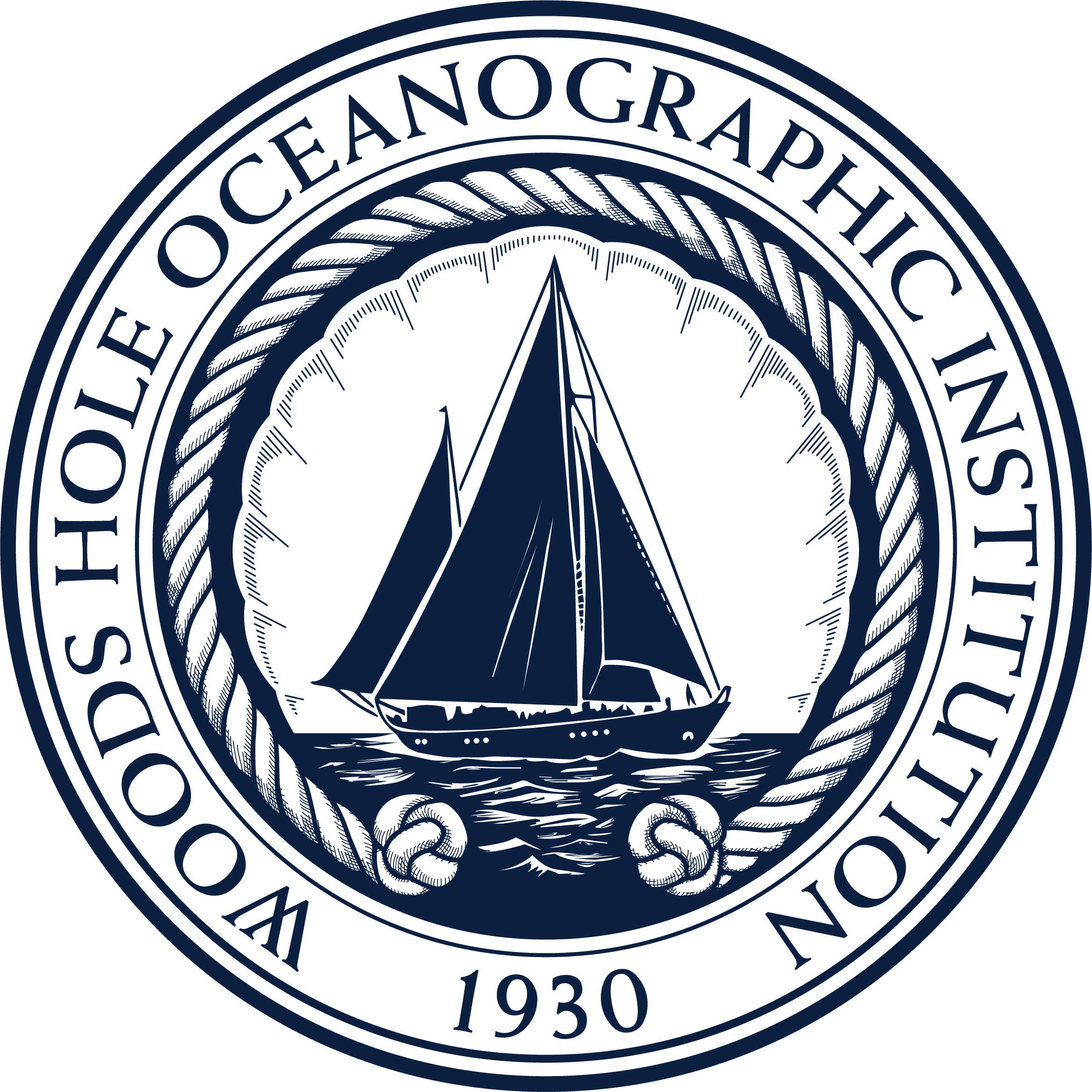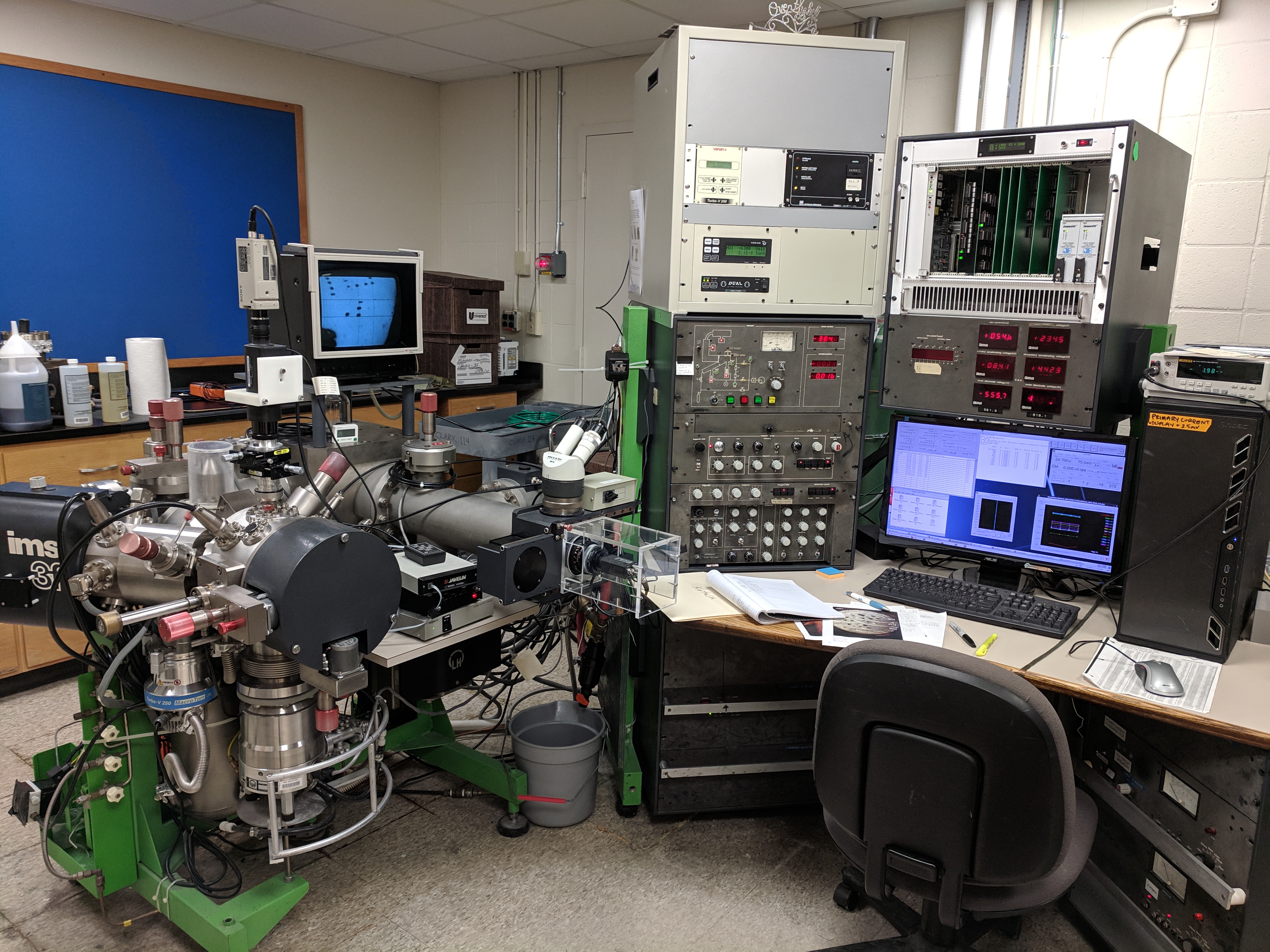NENIMF offers Secondary Ion Mass Spectrometry (SIMS) for both earth and ocean sciences, specializing in in situ determinations of trace element abundances in minerals, glasses, biogenic carbonates and oxides, as well as industrial materials.
Recent Publications
Welcome to the Northeast National Ion Microprobe Facility (NENIMF) at the Woods Hole Oceanographic Institution (WHOI) in Woods Hole, Massachusetts, USA. The NENIMF is a regional, multi-user National Ion Microprobe Facility which is supported through National Science Foundation (NSF) funded research grants as well as by grants from other agencies and contracts. We provide service, scientific expertise and educational outreach activities to the research community in the U.S. and beyond. This web site is aimed at providing important information about the facility and promoting the use of secondary ion mass spectrometers (SIMS) in research and education.






